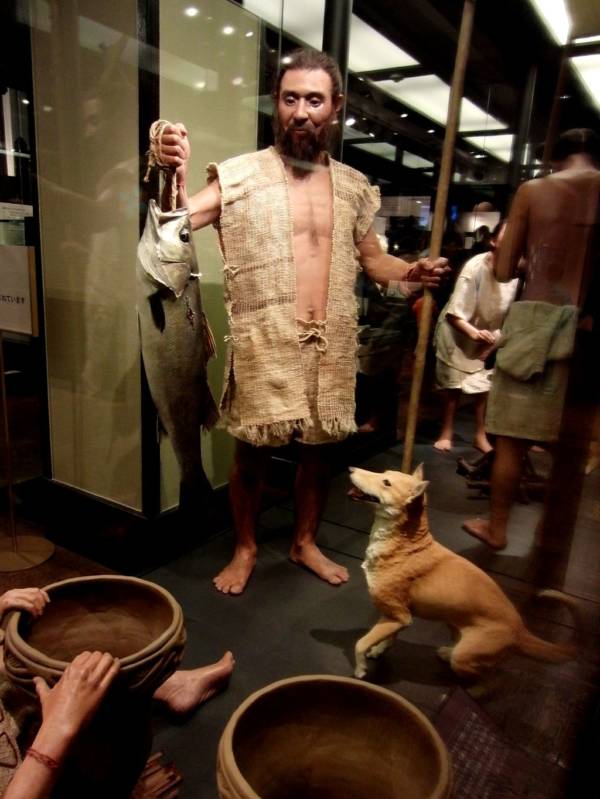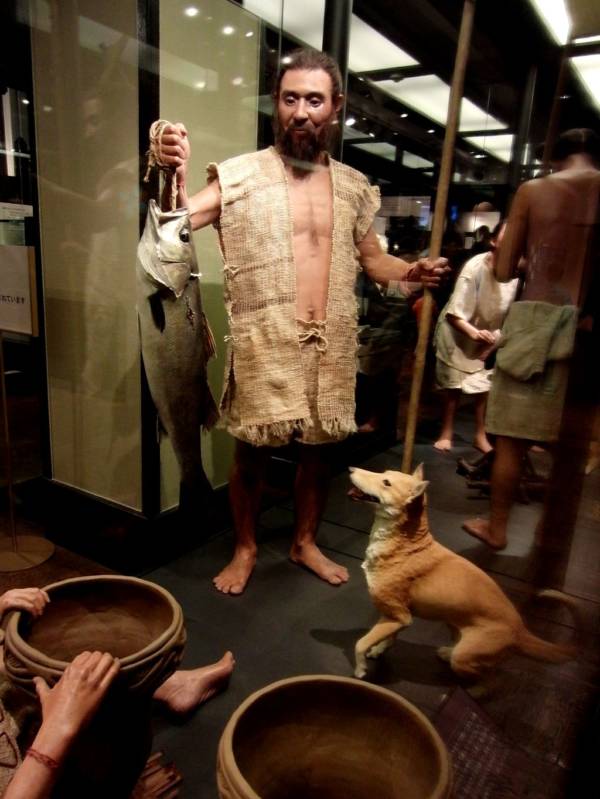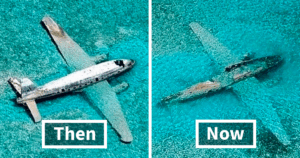“Unearthing the Past: A 3,600-Year-Old Woman’s Face Revealed from Just a Single Molar!”
“Hokkaido Jomōn people engaged in (not only the) hunting of land animals, such as deer and boar, but also marine fishing and hunting of fur seal, Steller sea lions, sea lions, dolphins, salmon, and trout,” he said. “In particular, many relics related to hunting of ocean animals have been excavated from the Funadomari site.”
Dr. Kanzawa and his team believe that the Jomōn people existed as small tribes of hunter-gatherers across the Japanese archipelago for around 50,000 years. On top of that, it seems that this wasn’t merely one homogenous group, but rather a group of two to three distinct sets.
Dr. Kanzawa also explained that though the woman is distinct from modern-day Japanese people, she is still more closely related to them, as well as Koreans, Taiwanese, Filipino, and eastern Russians, than she is to Han Chinese people.
“These findings provide insights into the history and reconstructions of the ancient human-population structures in east Eurasia,” he concluded.

Wikimedia CommonsThe Jomōn people largely subsisted on fatty sea and land animals, as well as fruits, nuts, acorns, and mollusks.
The Jomōn culture was the earliest historical period in Japan. The group got its name from the patterned style of pottery produced during that time, as “Jomōn” translates to “cord-marked” or “patterned.”
In addition to eating fatty foods, the Jomōn also collected fruits, nuts, acorns, and mollusks from the Pacific waters. The culture was heavily engaged in rituals and ceremonies with the burial of infants in large jars being commonplace.












